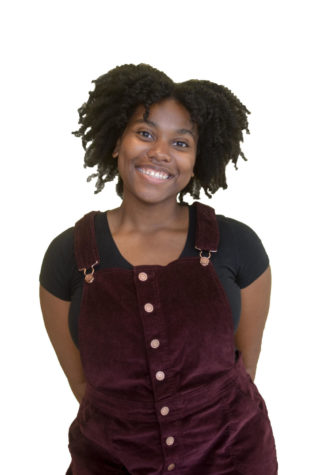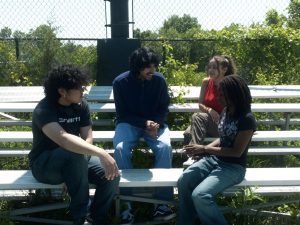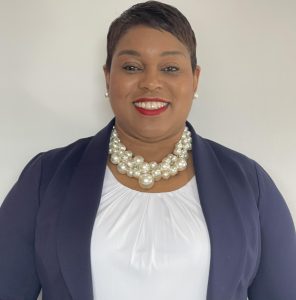The Evolution and Timing of Protective Styles
February 19, 2020
I always hated my when my hair would be combed and braided because I thought it was unattractive – in addition to the pain sometimes being unbearable. As I got older, I realized the benefits and the beauty of having my hair in a protective style. There are a number of benefits of having your hair in a protective style.
Natural curly/coily hair strands are very fine and are very prone to break and getting tangled if the ends are dry and brittle. Putting your hair in a low manipulation protective style can prevent your ends from being in that condition because moisture is being locked in the hair shaft for a longer period of time and it is not being touched very often. To maintain the style, moisture with an oil of your choice, when necessary, and then cover with a silk scarf at night.
The first types of protective styles originated from Africa. An article from Africa.com states, “Hair played a significant role in the culture of ancient African civilizations. It symbolized one’s family background, social status, spirituality, tribe, and marital status.” The same site also says that hair also showed a woman’s fertility. “If a person’s hair was thick, long, and neat, it symbolized that one was able to bear healthy children.”
The form of protective styles have definitely evolved over time to fit into society trends. In ancient African cultures, boys would wear one big braid hanging from their head with the rest of their head shaved. This style would display that a man was single. Once they were married they covered their heads and never revealed themselves in public again. Nowadays, boys’ hairstyles are solely based on their style preference. Guys usually keep a fade and bun, twist, cornrow or dreadlock the rest of their hair. Low haircut with waves is also worn by boys.
As for the ladies, depending on which tribe they were from, it varied. The hairstyles would consist of dreadlock extensions, bantu knots, fulani braids with counterparts or protruding cornrows which were usually decorated with beads or wires. Styles like bantu knots and fulani braids are still a trend today. Other popular low manipulation styles are box braids, twists, faux locs, flat twists, cornrows, lace front wigs and weaves.
Protective styles are an important part of taking care of your hair so if you haven’t already done so, try to fit in some protective styles into your hair regimen. Not only will it give you a new look but it will also give you a break. This break is only supposed to be for 4-6 weeks but your hair needs some time away from certain weather conditions and friction from any hands, fabrics or surfaces. This will allow it be better moisturized leaving it to thrive!












































